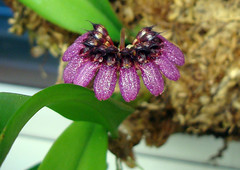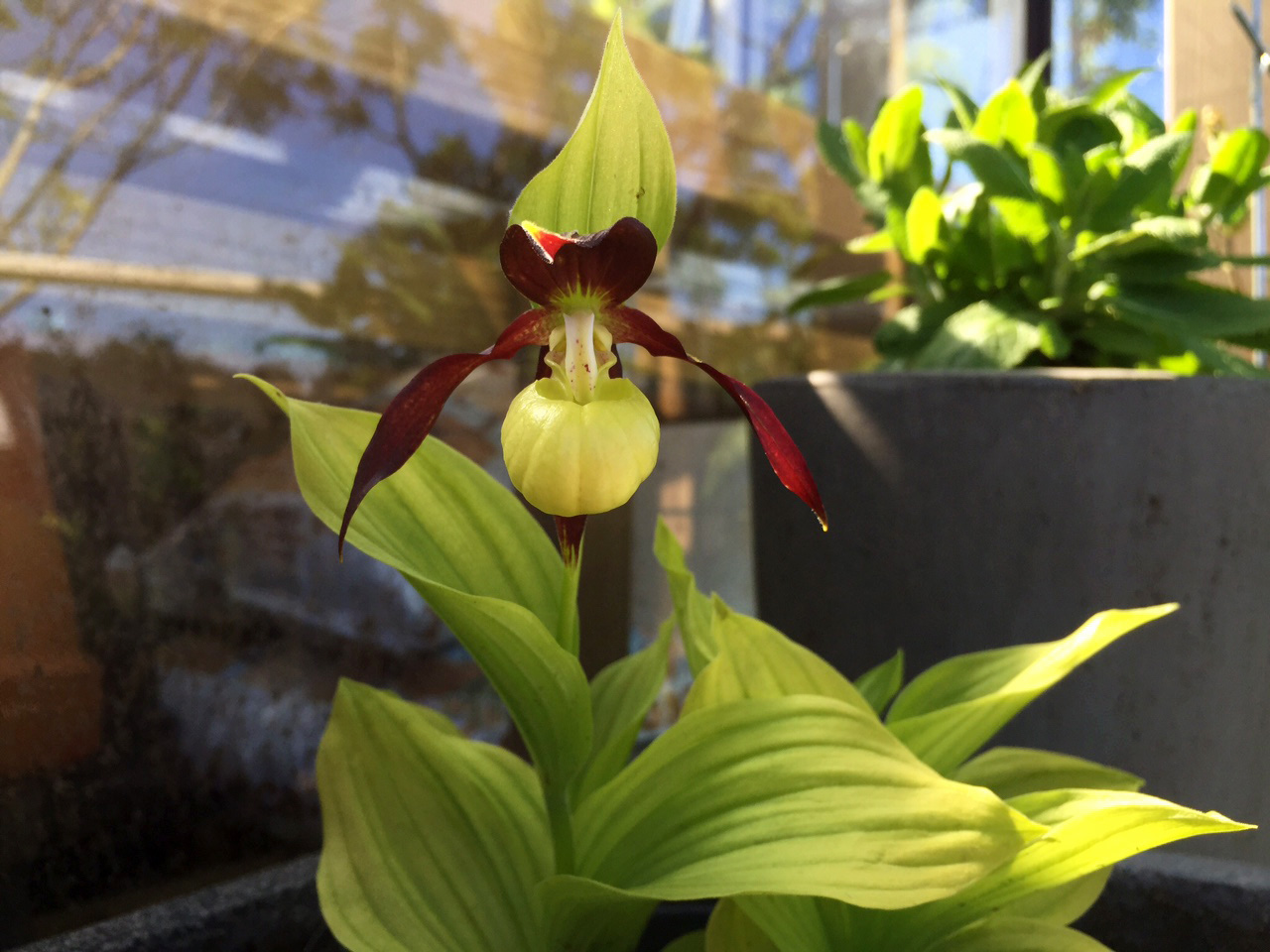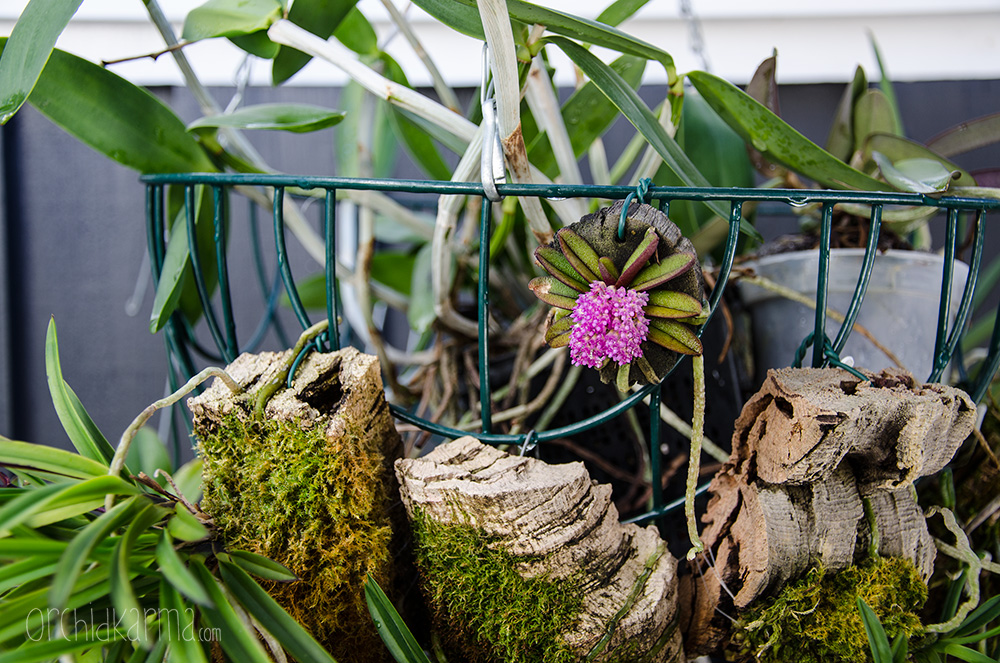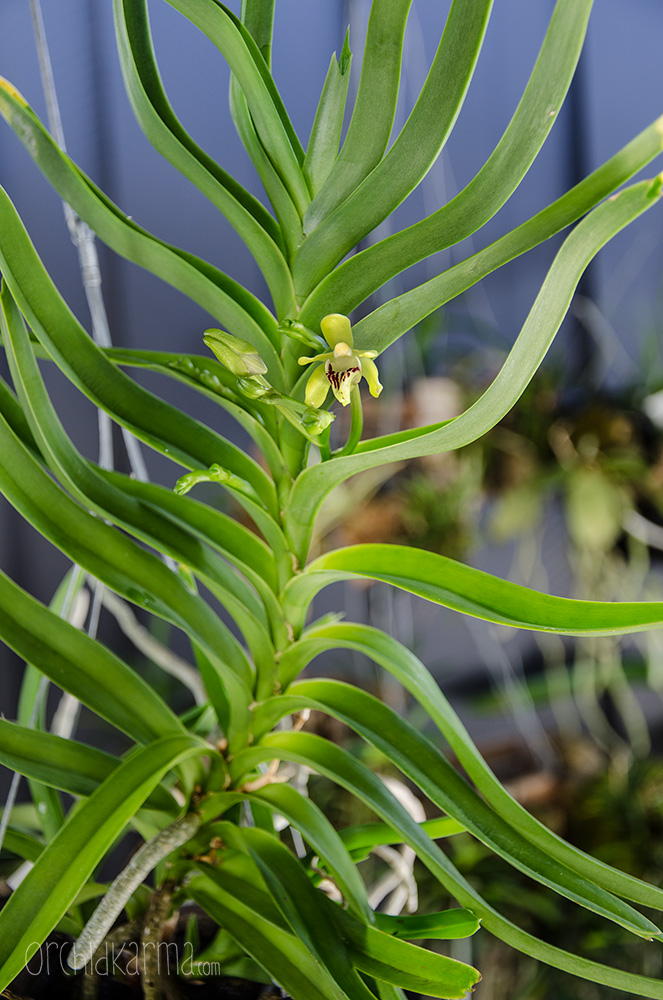 In reflecting upon my recent vivarium build it occurred to me to what great lengths us hobby growers from all corners around the globe will go through in order to create a little bit of tropical heaven, or Ecuadorian cloud forests in our homes. Through the wonders of technology and sheer ingenuity we manage to bring some of this magic home.
In reflecting upon my recent vivarium build it occurred to me to what great lengths us hobby growers from all corners around the globe will go through in order to create a little bit of tropical heaven, or Ecuadorian cloud forests in our homes. Through the wonders of technology and sheer ingenuity we manage to bring some of this magic home.
We do it because we passionately want to grow some very special orchid – that our loved ones at best will equate to as extremely expensive grass or severely over-priced sticks – that apartment living simply won’t accommodate without a few modifications… But when we succeed, and those little gems from faraway lands decide to bloom in the middle of the Swedish winter (we have about 6 hours of daylight right now and sub zero temperatures) the feeling cannot be described! This is why we pour over literature and articles on the web about how they grow in nature, so we can better ourselves here at home. I came across this post on the “My Orchids Journal” blog, it is a nice read and I whole-heartedly agree:
In my personal opinion, the best orchid growers are those who have a good understanding of the requirements of their plants. One of the most effective ways to gain this knowledge is to observe orchid plants growing in their native state. … Even a photograph of the terrain can provide clues – note whether the vegetation is open or dense, the topography flat or steep, large boulders and cliff faces obvious or the mountain tops covered in mist. These are the sort of conditions that can influence the requirements of a species and an observant grower takes note of them. (Posted by klaraau01, on My Orchids Journal)





Hi Karma,
I stumbled upon your blog quite by accident on google. I am glad i did. It is a great read and the pics are wonderful! It is always nice to meet a fellow orchid enthusiast. Although, you seem to be having a better success at it than i currently am. None of my orchids at the moment are in bloom, but i am patient, and i think i will be rewarded by the summer. I love your flask projects. I have not attempted flasks yet, but your projects has peaked my interest on that. I just have to find a place to get some. Maybe the next orchid show, as i am having a difficult time finding a good source online. Your flasks from Equatorial look really good, but alas they don’t ship to the U.S 🙁
Anyhow, just wanted to stop by and say hello. Oh, and another thing, there is a site if you want to get some more advice on anything about orchids. It is called orchidgeeks.com . You can join as a member or just come and visit. it has alot of information. I am a member under the name wickidgrrl. I have learned alot from there and it is a very friendly community. Your orchids look so healthy, and i can’t believe how successful you are in the swedish environment. I guess chock it up to that awesome vivarium you built, as well as your knowledge. Well, have a good day or night 🙂
Sincerely,
Joan
Thank you very much Joan! It is nice to hear that you enjoy my blog. 🙂 The flask baby project is something I definitely enjoy a lot. I plan to get some more from Ecuagenera in Ecuador soon. They have a fantastic selection of plants and flasks, especially from the Pleurothallid Alliance. You can order from them and ask that they ship to you when they are in the US for shows – without all the paperwork. That is how we do it here. Otherwise, check out Hausermann in Illinois, I think they sell flasks and from what I hear they have a good reputation. Good luck getting yours to bloom – they will!